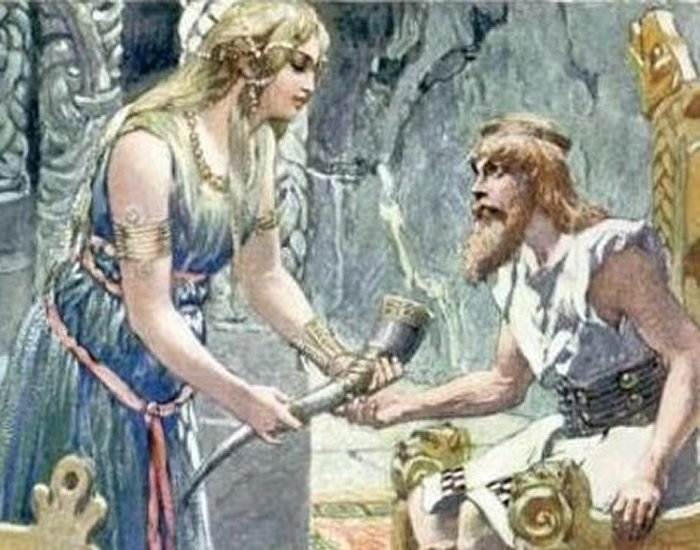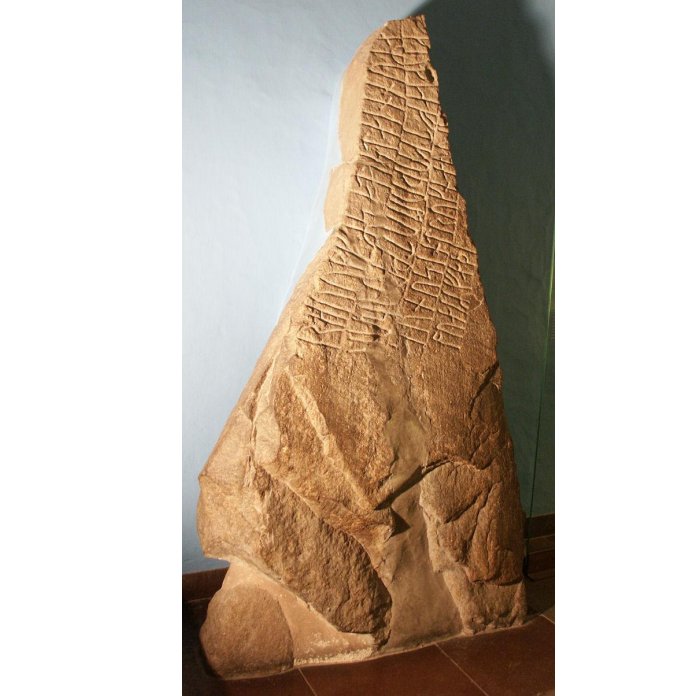How Did Vikings Worship Their Gods?
Ellen Lloyd - AncientPages.com - The Pagan Vikings worshipped several gods and goddesses. However, unlike other ancient civilizations, the Vikings had neither an organized priesthood nor a hierarchy of religious leaders. Temples or other religious buildings were also never used when the Pagan Vikings paid tribute to the Norse gods.
So, how did the ancient Vikings worship their gods?
Nature played an important religious role in the lives of Vikings and Norse people. credit: Adobe stock - Nejron Photo
During the Pagan Viking age, it was a common practice in express ones’ respect to the Norse gods according to local customs. This was, in most cases, done on farms. The farmer and his wife led many everyday rituals.
It was always important for the Vikings to be on good terms with the gods. To ensure this, they made “blót” sacrifices. The blot was an important social and religious event, and the Chief was the master of the ceremony. It was an exchange in which people sacrificed to the gods in order to get something back in return. For example, this might be the gods’ goodwill regarding weather, fertility, or luck in battle.
The Vikings gathered for a feast. Sacrifices were made, and the sacred mead flowed freely.
Odin captures Mead of Poetry by Emil Doepler (1900).
All drank in honor of the dead and held a memorial "for the good year and peace". Singing songs and reading poems honoring the gods and ancient heroes was also an important part of the ceremony.
One of the most comprehensive descriptions of a blot sacrifice in the North can be found in Hakon the Good’s Saga, which was written by the Icelander Snorri Sturluson in the 1200s. In his saga, Snorri writes that Sigurd Håkonsson was a very generous man and supplied the whole feast, which he was long remembered for.
Rune stone from Helnæs on Funen. Many rune stones were erected in memory of powerful men. Credit: National Museum of Denmark
It is believed that there were four fixed blot sacrifices a year at the following times: the winter solstice, the spring equinox, the summer solstice, and the autumn equinox. The Vikings also held additional blot sacrifices, for example, if a crisis arose that required help from the gods.
Farms were not the only places used to honor the Norse gods. The Vikings also used certain sacrificial sites because they believed that there was particularly strong contact with the gods at these locations. In Denmark, archaeologists have discovered places such as Tissø in West Zealand and Tyrseng at Viby in Jutland. These were named after Thor, the Norse God of war.
There are also places in Denmark that are named after the great Norse god Odin. However, the Vikings did not use Odin’s name indiscriminately. It was reserved for places of special significance. Onsholt in Aarhus is one such place. Onsholt is a shortening of Odin’s Holt, which means ”Odin’s Wood”
Updated on March 13, 2024
Written by - Ellen Lloyd – AncientPages.com
Copyright © AncientPages.com All rights reserved. This material may not be published, broadcast, rewritten or redistributed in whole or part without the express written permission of AncientPages.com
More From Ancient Pages
-
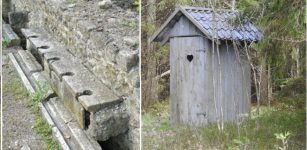 How Did People Go To The Toilet In The Past Before The Invention Of The Flush Toilet?
Archaeology | Jun 10, 2023
How Did People Go To The Toilet In The Past Before The Invention Of The Flush Toilet?
Archaeology | Jun 10, 2023 -
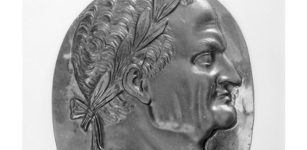 On This Day In History: Vespasian Was Elected The Roman Emperor – On July 1, 69 A.D.
News | Jul 1, 2016
On This Day In History: Vespasian Was Elected The Roman Emperor – On July 1, 69 A.D.
News | Jul 1, 2016 -
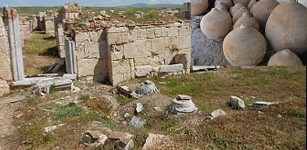 Byzantine Granary With 11 Pithoi Found In Byzantine City Of Amorium In Central Turkey
Archaeology | Aug 5, 2020
Byzantine Granary With 11 Pithoi Found In Byzantine City Of Amorium In Central Turkey
Archaeology | Aug 5, 2020 -
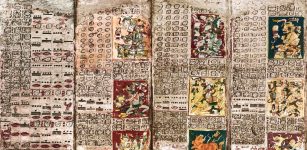 Dresden Codex – Probably The Oldest And Best Preserved Book Of The Maya
Ancient History Facts | Jun 24, 2016
Dresden Codex – Probably The Oldest And Best Preserved Book Of The Maya
Ancient History Facts | Jun 24, 2016 -
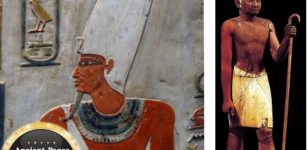 Mysterious Ancient Rulers With Elongated Skulls – Who Were They Really?
Ancient Mysteries | May 19, 2015
Mysterious Ancient Rulers With Elongated Skulls – Who Were They Really?
Ancient Mysteries | May 19, 2015 -
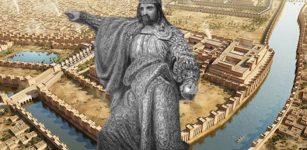 Babylon’s Kiln-Fired Bricks Almost Erased The City From History
Featured Stories | Dec 13, 2018
Babylon’s Kiln-Fired Bricks Almost Erased The City From History
Featured Stories | Dec 13, 2018 -
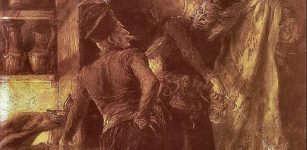 Pan Twardowski – The Man Who Sold His Soul To The Devil In Exchange For Special Powers
Featured Stories | Aug 12, 2021
Pan Twardowski – The Man Who Sold His Soul To The Devil In Exchange For Special Powers
Featured Stories | Aug 12, 2021 -
 Face Of Queen Lady Cao Reconstructed – Unique Look At The First Known Female Ruler In Peru
Archaeology | Jul 10, 2017
Face Of Queen Lady Cao Reconstructed – Unique Look At The First Known Female Ruler In Peru
Archaeology | Jul 10, 2017 -
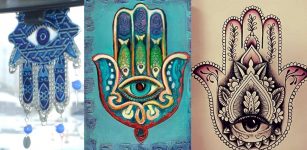 Ancient Symbol Hamsa: It’s Meaning And History Explained
Ancient Symbols | May 20, 2020
Ancient Symbol Hamsa: It’s Meaning And History Explained
Ancient Symbols | May 20, 2020 -
 Rapa Nui’s Population: Growth And Decline – Lesson For Our Future?
News | Sep 4, 2020
Rapa Nui’s Population: Growth And Decline – Lesson For Our Future?
News | Sep 4, 2020 -
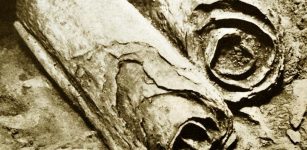 U.S. Bible Museum Says Five Dead Sea Scrolls Fragments In Their Collection Are Fake
Archaeology | Oct 25, 2018
U.S. Bible Museum Says Five Dead Sea Scrolls Fragments In Their Collection Are Fake
Archaeology | Oct 25, 2018 -
 Long-Lost Tomb Of Pharaoh Thutmose II Finally Found In Luxor, Egypt
Archaeology | Feb 19, 2025
Long-Lost Tomb Of Pharaoh Thutmose II Finally Found In Luxor, Egypt
Archaeology | Feb 19, 2025 -
 Lost Golden City Of Pharaoh Amenhotep III Discovered In Luxor
Archaeology | Apr 9, 2021
Lost Golden City Of Pharaoh Amenhotep III Discovered In Luxor
Archaeology | Apr 9, 2021 -
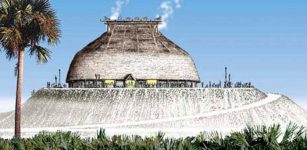 Why Were The 4,000-Year-Old Native American Shell Ring Villages Suddenly Abandoned?
Archaeology | Mar 3, 2022
Why Were The 4,000-Year-Old Native American Shell Ring Villages Suddenly Abandoned?
Archaeology | Mar 3, 2022 -
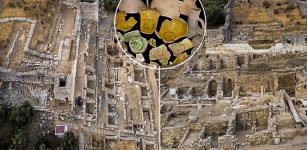 Cisterns Unearthed In Metropolis, Turkey Give Insight Into Daily Life Of Its Inhabitants 1,500 Years Ago
Archaeology | Jan 5, 2021
Cisterns Unearthed In Metropolis, Turkey Give Insight Into Daily Life Of Its Inhabitants 1,500 Years Ago
Archaeology | Jan 5, 2021 -
 Incredible Ancient Extinct World Of Unknown Organisms Discovered
Evolution | Jun 8, 2023
Incredible Ancient Extinct World Of Unknown Organisms Discovered
Evolution | Jun 8, 2023 -
 How Did These Five Common Words Enter The English Language?
Linguistic Discoveries | Oct 28, 2024
How Did These Five Common Words Enter The English Language?
Linguistic Discoveries | Oct 28, 2024 -
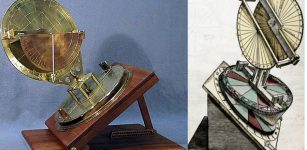 Torquetum: Sophisticated Medieval Astronomical Instrument
Ancient History Facts | Jul 12, 2018
Torquetum: Sophisticated Medieval Astronomical Instrument
Ancient History Facts | Jul 12, 2018 -
 Ötzi The Iceman’s Stomach Bacteria And Complex History Of European Settlements
Archaeology | Jan 8, 2016
Ötzi The Iceman’s Stomach Bacteria And Complex History Of European Settlements
Archaeology | Jan 8, 2016 -
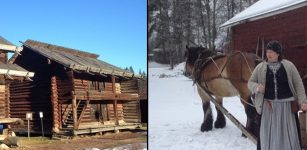 Preserve Elfdalian: Sweden’s Secret Forest Language From The Viking Era
Civilizations | May 21, 2015
Preserve Elfdalian: Sweden’s Secret Forest Language From The Viking Era
Civilizations | May 21, 2015


